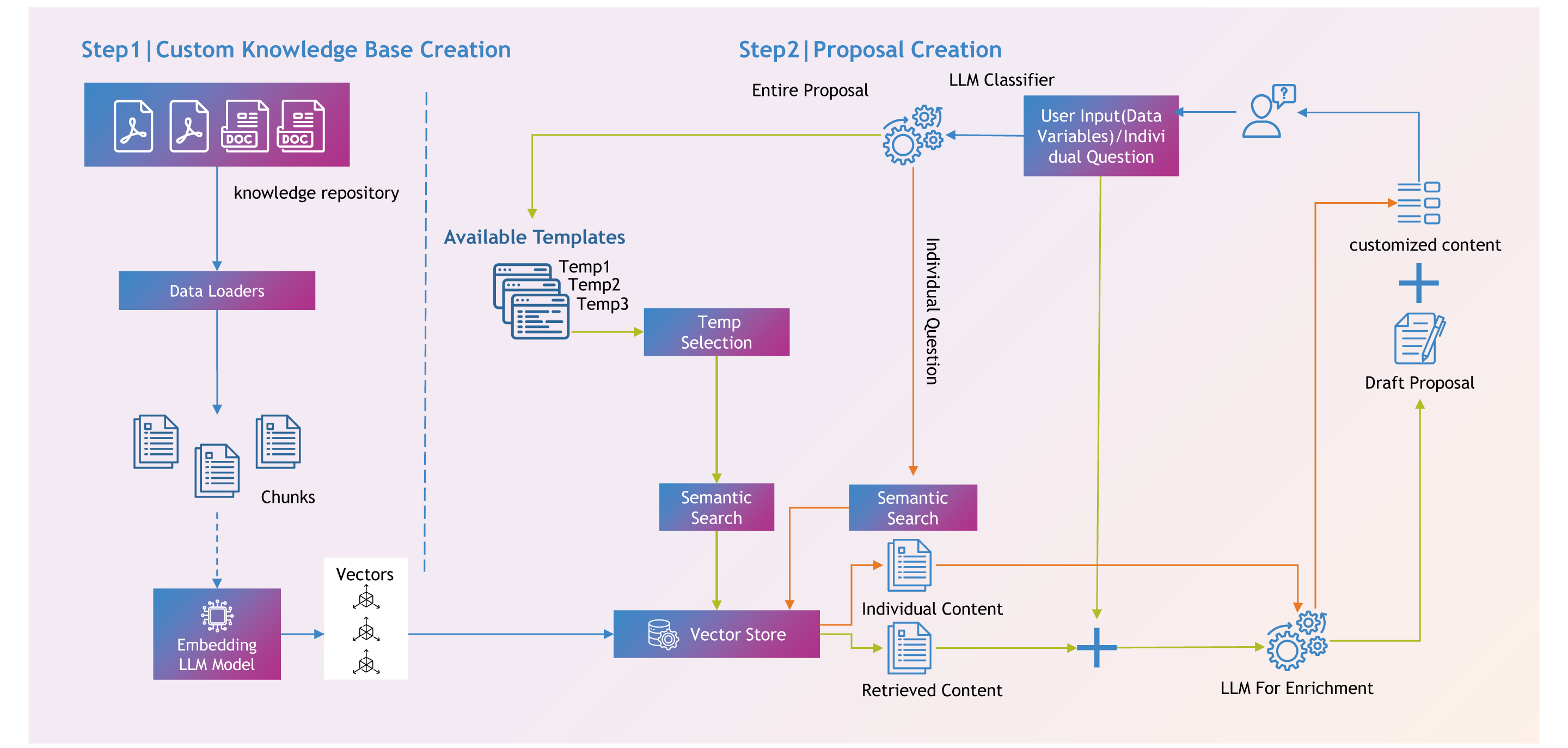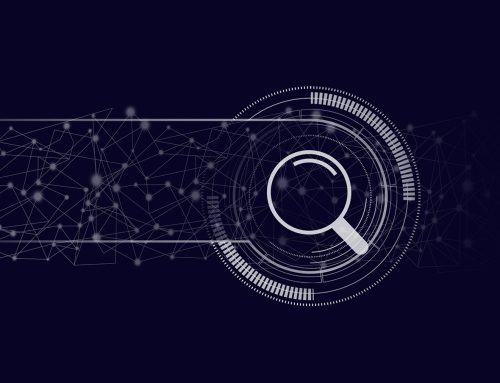Industry Challenge
In the fast-paced telecom industry, proposal generation is often a bottleneck—complex, time-consuming, and prone to inconsistencies. Communication Service Providers (CSPs) and network operators offering enterprise services often face significant inefficiencies in their lead-to-quote cycle. These inefficiencies stem from:
- Fragmented and duplicate IT systems
- Non-standardized sales channels and processes
- Technology limitations in accessing and leveraging historical proposal data
As a result, proposal creation becomes inconsistent, time-consuming, and prone to errors. Traditional automation and AI models sometimes fall short in addressing these challenges due to their reliance on generic databases and lack of contextual understanding.
Teams struggle to retrieve relevant historical proposal data, assess feasibility based on past deployments, and generate accurate and standardized proposals quickly. This leads to delays, increased manual effort, and missed opportunities in a highly competitive market.
The Solution
TCTS’s AI Proposal Generator is a context-aware, intelligent decision-making and analytics engine designed specifically for telecom enterprise services. This purpose-built system streamlines and standardizes the proposal creation process, enabling faster turnaround, improved accuracy, and personalized user experiences.
Anchored in telecom-specific knowledge, the system integrates:
- Custom Vector Knowledge Base: Built using semantic embeddings of historical proposals and technical documentation, hosted securely on premises.
- Retrieval-Augmented Generation (RAG): Combines semantic search with foundational LLMs to deliver precise, context-rich outputs.
- Prompt-Based Interface: Allows pre-sales teams to interact with the system using natural language, reducing training overhead and enhancing usability.
How It Works
The AI Proposal Generator leverages a robust GenAI methodology to automate and enhance the proposal lifecycle. The solution operates in two key stages:
Step 1: Knowledge Base Creation
- Data loaders ingest structured and unstructured content.
- Embedding models convert data into vector representations.
- A vector store enables fast semantic search.
- LLM classifiers enrich and refine responses based on user intent.
Step 2: Proposal Generation
- Users input variables (e.g., location, bandwidth, SLA).
- Semantic search retrieves relevant templates and content.
- The system assembles a customized draft proposal using retrieved and enriched data.

Fig. – Architecture Overview: TCTS AI Proposal Generator
The Impact
By embedding intelligence into the proposal lifecycle, CSPs can:
- Reduce turnaround time by up to 80% automating manual tasks
- Improve proposal accuracy and consistency
- Enhance customer responsiveness and increase win rates
- Drive operational efficiency across pre-sales functions
This solution exemplifies how AI can be harnessed to deliver measurable business outcomes and foster innovation in telecom enterprise services.





